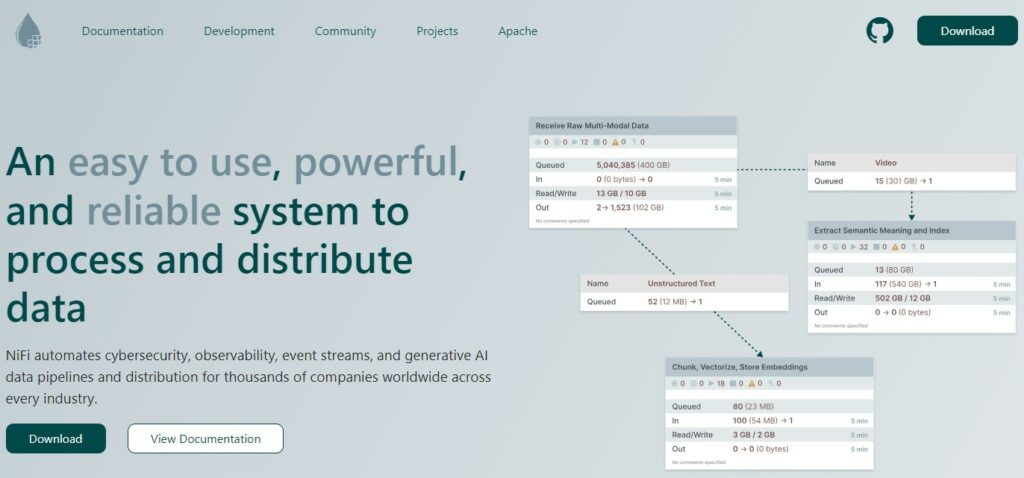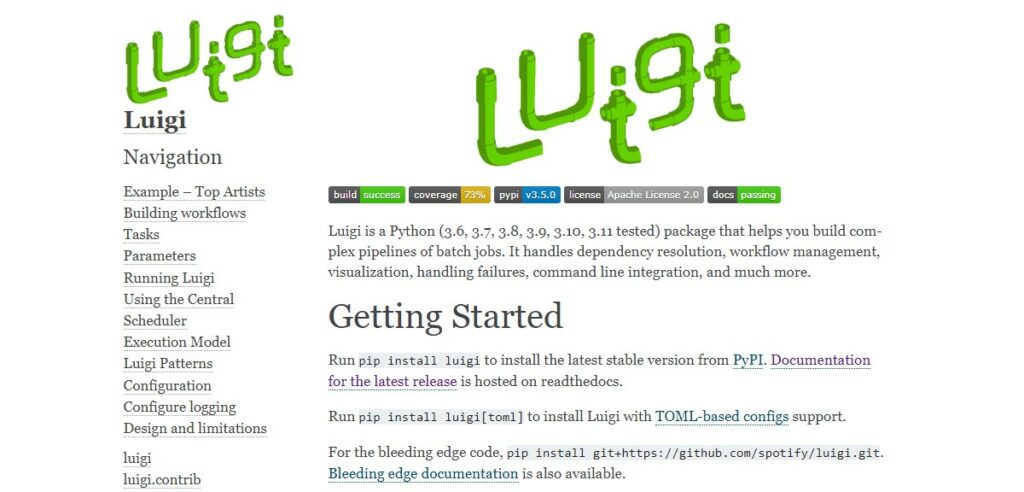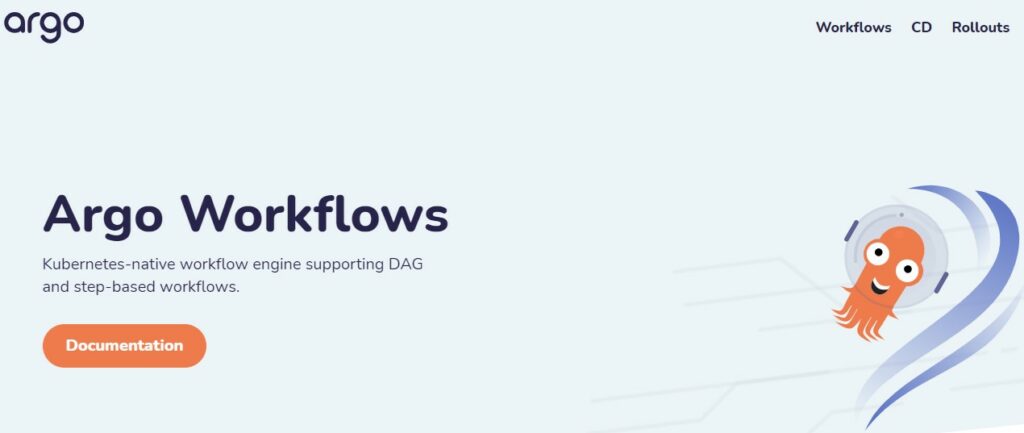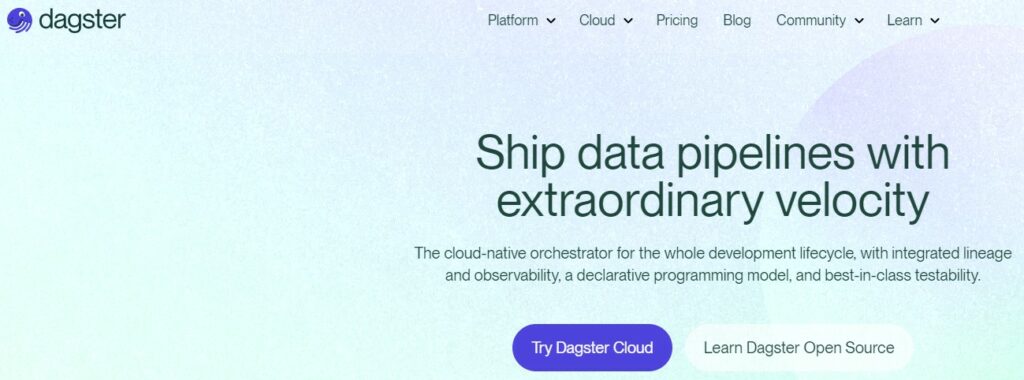Are you exploring for Airflow alternatives that you can use for your workload?
You are in luck.
In the world of data workflow management, Apache Airflow has made a significant mark as an open-source platform that helps with scheduling and monitoring complex workflows.
While Airflow offers a good range of features like easy-to-use interfaces and extensive integrations, you may find that it might not precisely fit the needs of every project or organization.
Whether you’re looking to overcome some of Airflow’s limitations or simply want to see what else is out there, there are several other tools available that could be a better match for your specific use case.
These alternatives vary in terms of scalability, ease of use, setup complexity, and the ability to integrate with other data services.
Understanding the nuances of each can help you make an informed decision that enhances the efficiency and reliability of your data pipelines.
Diving into the options, you’ll find tools that cater to different aspects of workflow management.
Some provide no-code options that can significantly cut down development time, while others have real-time execution features.
There are also platforms that boast extensive data source integrations.
By examining their strengths and potential drawbacks, you’re better equipped to choose a tool that not only meets your current data workflow needs but also scales with your future aspirations.
Airflow Alternatives
Looking for ways to manage your data workflows more effectively?
These alternatives to Apache Airflow might be just what you need, offering diverse capabilities to suit a range of requirements.
1. Apache NiFi

Apache NiFi is a robust tool designed for automating the flow of data between systems.
It features a user-friendly interface with drag-and-drop components which can give you a graphical view of your data pipelines for easy management.
2. Luigi

Luigi is an open-source workflow management system, developed by Spotify.
With Luigi, you can create complex pipelines of batch jobs, handle dependency resolution as well as failure handling.
Its main focus is on simplicity and scalability.
3. Argo Workflows

Argo Workflows is a Kubernetes-native workflow engine for orchestrating parallel jobs on a computing cluster.
It’s especially well-suited if you’re looking for a solution that can run complex jobs at scale on Kubernetes.
4. Prefect

Prefect is a newer player in the workflow management space, aimed at overcoming some of the limitations you might encounter with Airflow.
It supports robust scheduling and offers enhanced error handling out-of-the-box.
5. Dagster

Finally, Dagster is an open-source data orchestrator for machine learning, analytics, and ETL.
Dagster helps you structure your data pipelines as a set of interconnected solids (functional units of computation) within a DAG (Directed Acyclic Graph).
Each tool brings its unique strengths, be it NiFi’s intuitive UI, Luigi’s focus on simplicity, Argo’s Kubernetes integrations, Prefect’s modern approach, or Dagster’s code-centric design.
Depending on your workflow requirements, you might find one of these alternatives aligns perfectly with your needs.
Considerations When Choosing an Alternative
When selecting an alternative to Apache Airflow, it’s vital for you to consider certain key aspects that can affect both your short-term experience and long-term workflow robustness.
Scalability
You should assess how well the workflow management system scales with your data needs.
- Horizontal scaling: Can the system distribute workloads across several machines?
- Vertical scaling: Does the system handle increasing tasks on a single machine effectively?
Remember to consider future growth and potential increases in data volume and complexity.
Ease of Use
You need a system that simplifies the workflow creation and management process.
- Graphical User Interface (GUI): A user-friendly GUI can enhance your productivity.
- Learning curve: The time it takes for you to become proficient should be reasonable.
A straightforward and intuitive tool can reduce your development time and lower the entry barrier for new team members.
Community and Support
Access to a supportive community and reliable customer support can be crucial.
- Community size: Larger communities often mean more available resources and shared knowledge.
- Support quality: Consider if there is official support and the quality of the response you expect.
An active community and support structure can help you troubleshoot problems and stay updated with best practices.
Integration Capabilities
When exploring alternatives to Apache Airflow, you should focus on how well the tools integrate with other systems.
This includes the availability of custom connectors and robust API support, ensuring seamless connectivity with your data ecosystem.
Custom Connectors
Custom connectors play a crucial role in facilitating integration between your chosen workflow management tool and various external systems.
Good alternatives often provide:
- Pre-built connectors: These allow for immediate integration with common data sources and services.
- Custom development capabilities: In cases where pre-built options are not available, the tool should allow you to create your own connectors.
API Support
API support is another essential aspect, which enables you to extend the functionality of your workflow tools.
Quality alternatives to Airflow should offer:
- Comprehensive API documentation: Clear, detailed instructions to guide you through integration processes.
- Robust API endpoints: These should cover a wide range of actions, allowing you to connect with different parts of the workflow tool programmatically.
Future of Workflow Management
As you look forward to the advancements in workflow management, you’ll notice a significant wave of changes shaped by ongoing trends and emerging innovations.
Trends
Rise of SaaS Solutions: You’ll find a growing preference for Software as a Service (SaaS) platforms.
They offer out-of-the-box solutions that are easier to deploy and manage compared to their on-premises counterparts.
Increased Adoption of AI & Machine Learning: The incorporation of AI and machine learning algorithms is becoming more commonplace.
This is leading to smarter workflow management systems that can predict bottlenecks and optimize processes autonomously.
Innovations
- Serverless Architectures: The move towards serverless computing is enabling you to build and scale applications without worrying about underlying infrastructure, making workflow management more efficient and cost-effective.
- Enhanced Data Orchestration: Expect to see technologies focusing on integrating seamlessly with diverse data sources to streamline workflows across multiple environments, ensuring a consistent and reliable data flow.
Key Takeaways
When considering alternatives to Apache Airflow in 2024, several key points stand out:
Luigi has emerged as a popular choice.
It offers efficient handling of batch processing tasks and the capability to structure jobs as sequences of dependent tasks.
Prefect is notable for its blend of simplicity and advanced features.
It integrates the ease-of-use of Airflow with the robustness of Kubernetes for a scalable workflow management system.
Benefits of Alternatives:
- Enhanced scalability
- Simplified batch processing
- Robust event-based processing options
Common Features:
- User-friendly UIs for monitoring
- Workflow definition as code for better version control
- Extensibility and compatibility with modern infrastructure like Kubernetes
Splitting your text into shorter paragraphs can make it easier to read and understand.
For example, you can split the text into at most two sentences per paragraph.
This can help readers process the information more easily.
- The complexity of your workflows
- The size and frequency of your data processing jobs
- Your team’s familiarity with Python and other technologies
Here’s a quick comparison:
| Feature | Luigi | Prefect | Kafka |
|---|---|---|---|
| Batch Jobs | Yes | Varies | No |
| Event Jobs | No | No | Yes |
| Extensibility | Moderate | High | High |
| UI Monitoring | Available | Advanced | Available |

